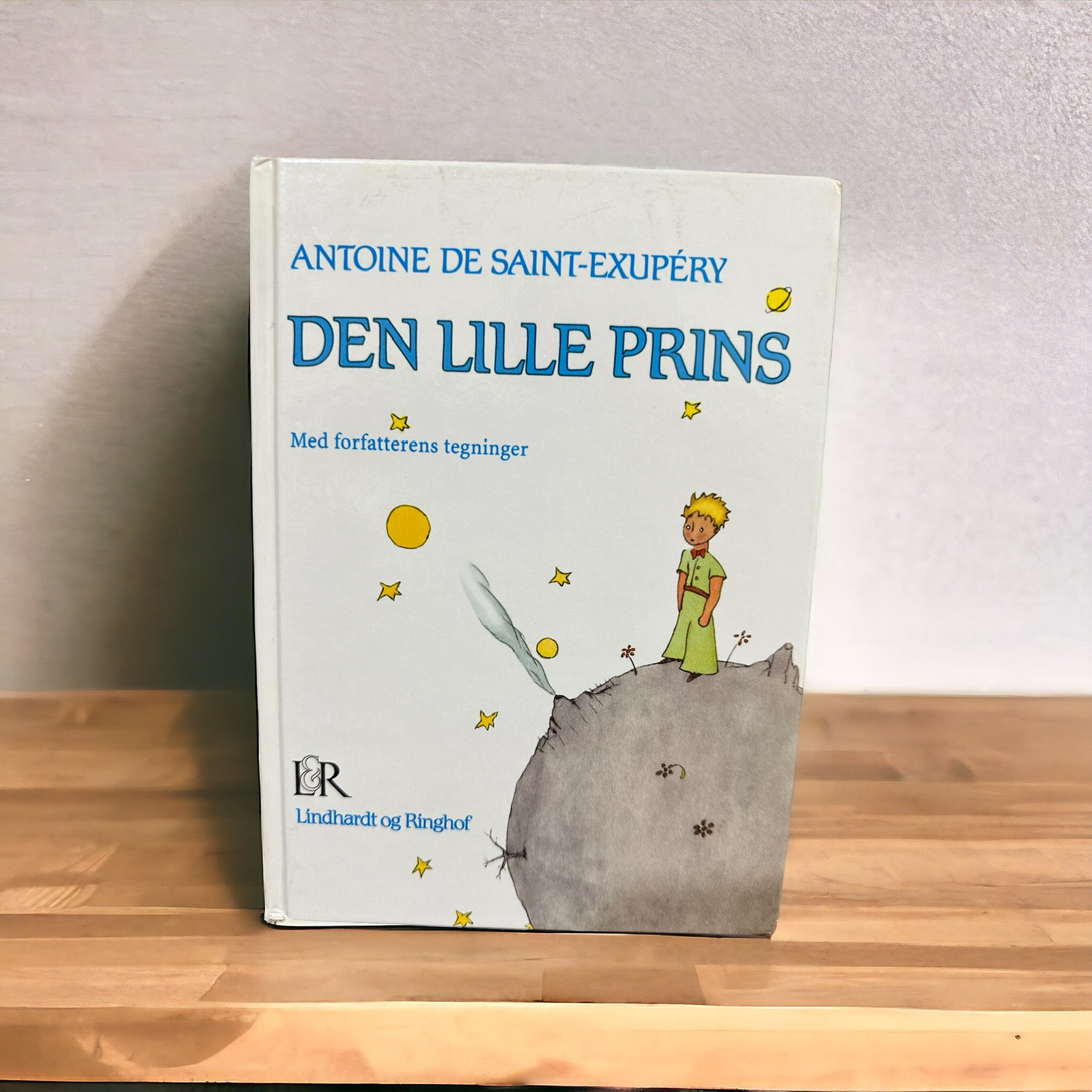Den Lille Prins — in Danish

Danish is a North Germanic language spoken primarily in Denmark, with minority communities in Northern Germany, Greenland, and the Faroe Islands. It is one of the Scandinavian languages, closely related to Swedish and Norwegian, with which it shares mutual intelligibility to varying degrees, particularly with Norwegian.
Danish has its roots in the Old Norse language, which was spoken by the Germanic peoples living in Scandinavia during the Viking Era. As Old Norse evolved, it branched into the various Scandinavian languages we recognize today, including Old Danish in the Middle Ages. The transition from Old Norse to Old Danish was marked by significant phonological, grammatical, and lexical changes.
Danish is known for its distinctive stød, a glottal stop or a kind of laryngeal phonation that can change the meaning of words. Its vowel system is notably complex, featuring many vowel phonemes. Danish grammar is relatively simple compared to other Germanic languages, largely due to a reduction in inflectional forms over time. Danish vocabulary is primarily Germanic in origin, with significant loanwords from Low German, French, and Latin, reflecting historical trade, cultural exchanges, and religious influences. In recent times, English has also become a significant source of new vocabulary.
Traditional Danish dialects are divided into three main groups: Jutlandic, Insular Danish (including Zealand, Funen, and nearby islands), and Bornholmian. However, the influence of these dialects has waned, with the standardized form, based largely on the Copenhagen dialect, dominating in public life and media.


